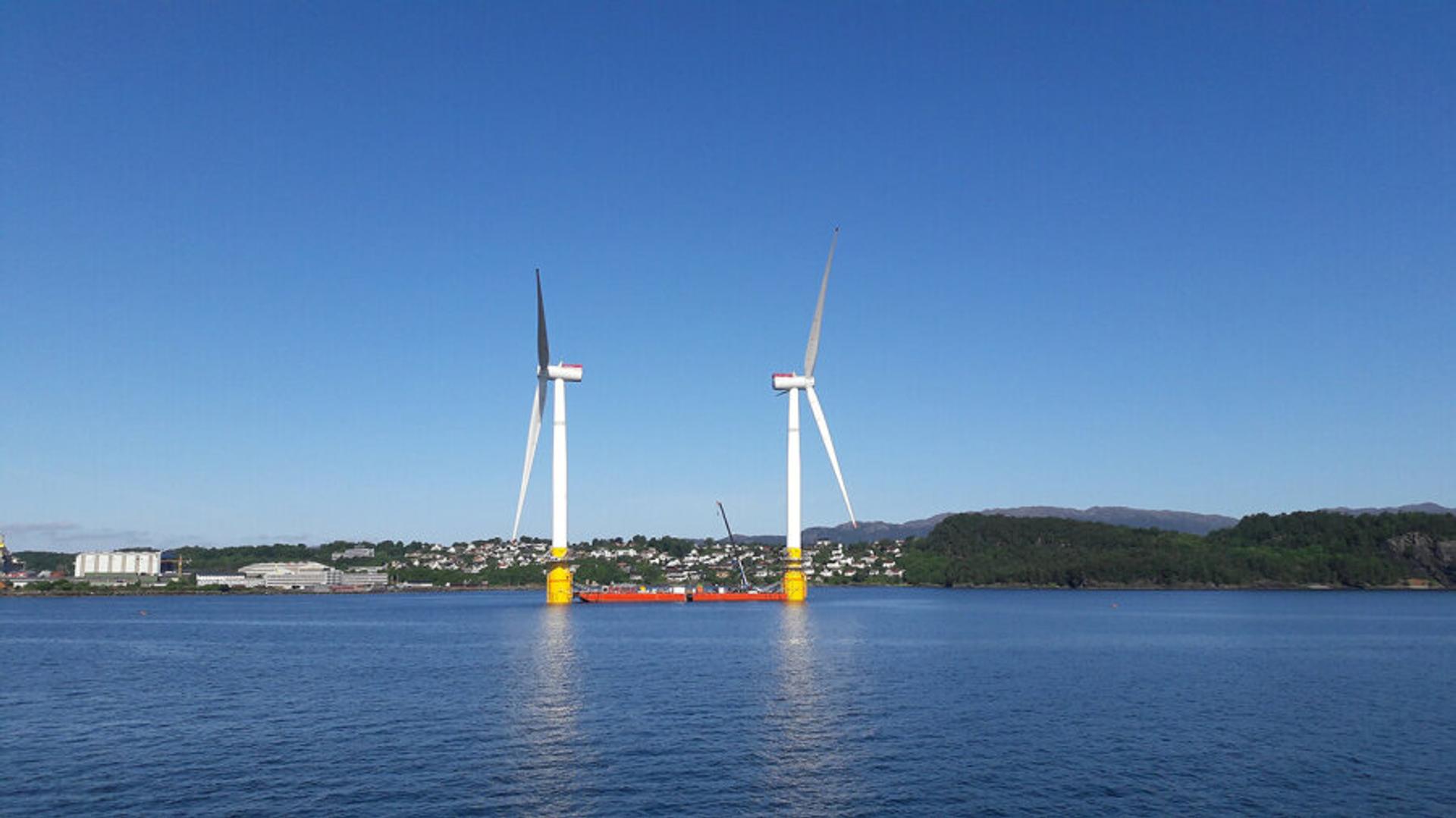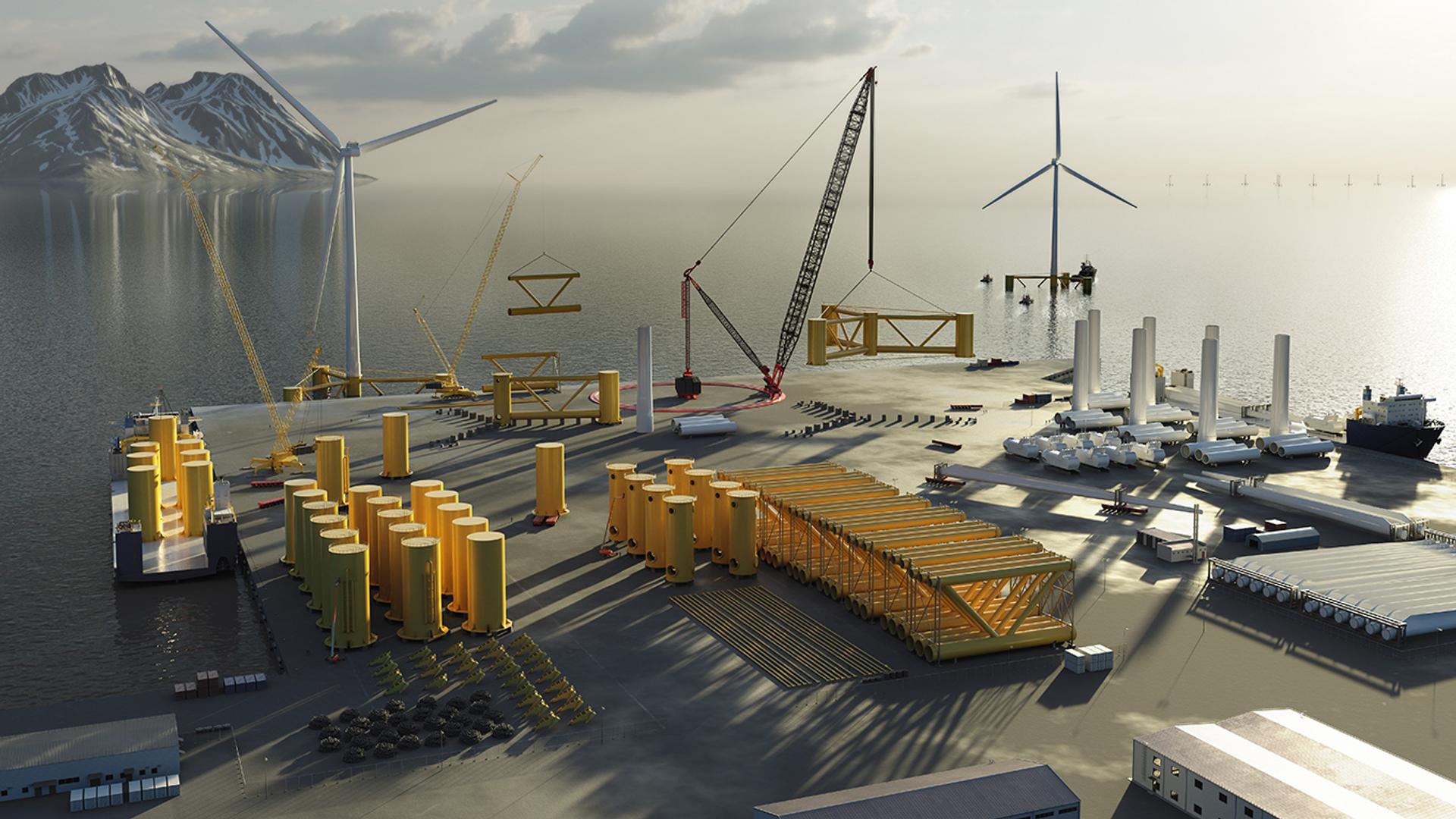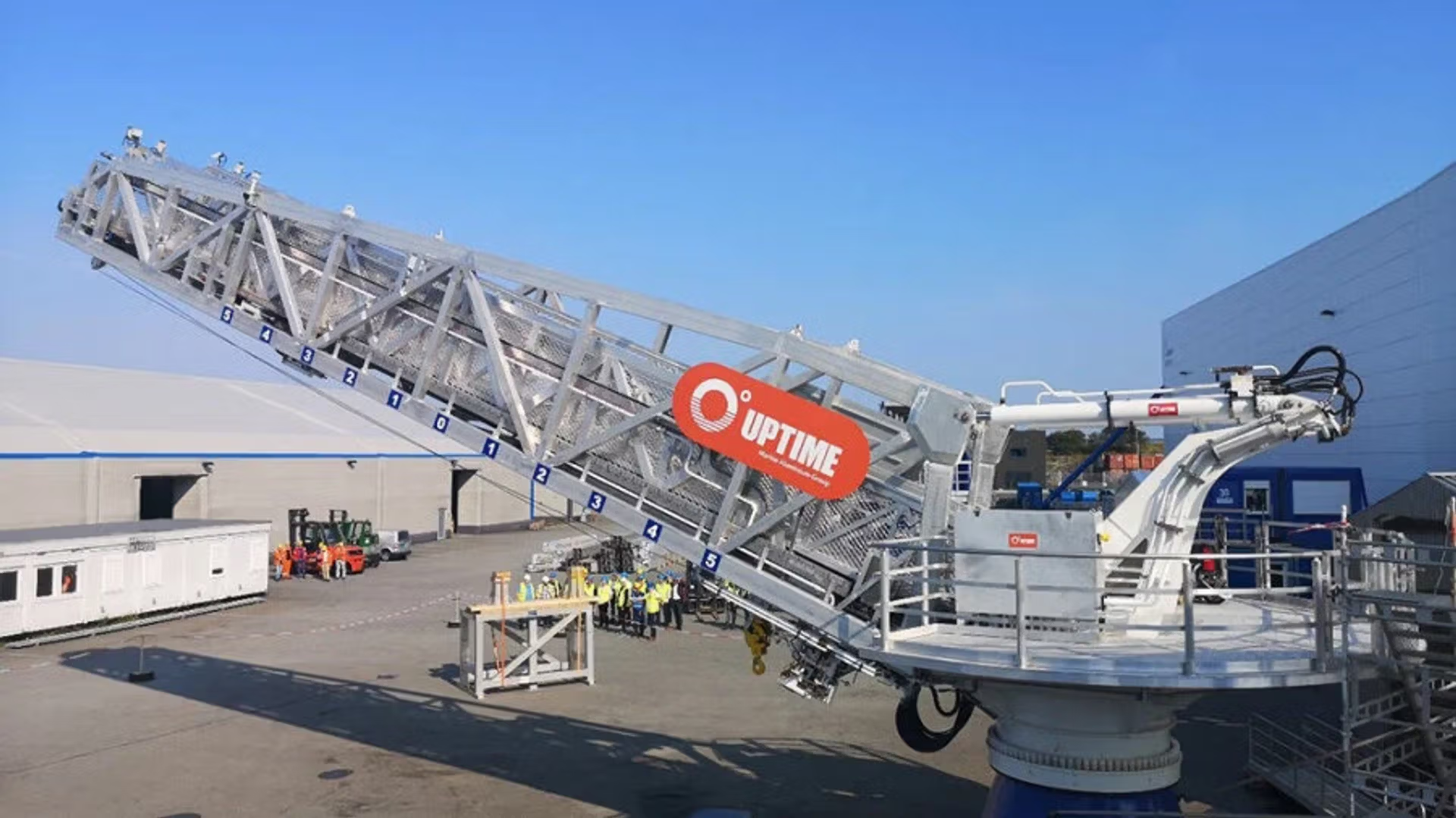Around the world with Team Norway: cooperation is blowing in the wind in Japan

“Japan and Norway are a good match in offshore wind. Our countries are more similar than different when it comes to industry building,” says Marianne S. Berg, former Counsellor Science, Technology and Higher Education, Trade and Technology Office, Norwegian Embassy in Tokyo. (Editor’s note: Ms Berg’s term as counsellor has ended and she is now a special advisor at Innovation Norway.)
Cooperation between Japan and Norway has never been better. In December 2023, the countries’ ministers of trade and industry signed the Green Strategic Partnership Joint Communique to increase trade and investment, especially in net-zero solutions. Development of offshore wind is high on the agenda, along with clean batteries, hydrogen and ammonia, and carbon capture and storage (CCS).
“We value Japan’s long-term planning approach to building an industry.”
Marianne S. Berg
Former Counsellor Science, Technology and Higher Education, Trade and Technology Office, Norwegian Embassy in Tokyo
Japan and Norway share some striking similarities relevant to offshore wind. Both countries aim for carbon neutrality by 2050. Both are maritime nations with long coastlines. Their mountainous terrains are surrounded by deep waters and rich marine resources. Their capital cities, Tokyo and Oslo, score high in global rankings of maritime cities on measures such as digitalisation and sustainability.
In contrast, while Norway is a net exporter of electricity, Japan has an energy self-sufficiency of 11 per cent and relies on the import of primary energy. The Japanese government is seeking to change this by developing its own renewable energy. “Japan is in the beginning phase of its offshore wind journey,” says Berg, noting that today the country has a pipeline of offshore wind projects of 4.6 GW. With annual auctions, it aims to have 5.7 GW in production by 2030.
Cross-cultural collaboration creates synergies
Most Norwegian and Japanese waters are too deep for bottom-fixed turbines. Floating wind, on the other hand, holds great promise for both countries. As the pioneer of floating offshore wind, Norway has a lot to offer, including a complete value chain in offshore wind, and it excels in the areas of advanced vessels, cables, foundations, geosurvey, marine equipment, SCADA, sensors, subsea and substations. (See the non-exhaustive list of companies active in the region below.)
“Japan recognises that Norwegians have the skills and experience to build an offshore wind industry. Like Norway, Japan has ambitions to develop a global supply chain for offshore wind, and therefore values strong cooperation,” says Berg.
As for Norway, the country is known worldwide as an excellent collaborative partner and appreciates what its counterparts bring to the table.
“We value Japan’s long-term planning approach to building an industry. Like Norway, Japan issues policy roadmaps to ensure that national initiatives are done correctly from the start. In Japan, government, industry and research cooperate. We do the same in Norway,” she adds.

Exciting new partnerships in floating offshore wind
Japanese expertise is helping to build Norway’s burgeoning floating wind industry. In 2023 alone, Mitsui O.S.K Lines (MOL), a global Japanese shipping company, became a strategic partner in Odfjell OceanWind, a Norwegian floating offshore wind technology provider, while Kansai Electric Power Company (KEPCO) joined Norwegian and European players in the GoliatVIND pilot project for floating offshore wind in Northern Norway.
On the flip side, several Norwegian companies have entered Japan’s emerging offshore wind market. Especially within floating projects, the potential for contracts is large.
In 2023, for instance, the Norwegian shipbuilder VARD signed a contract for the design and construction of a state-of-the-art, hybrid-power cable laying and construction vessel for Japanese Toyo Construction. The value of the contract is over USD 200 million.
Moreover, Equinor, Norway’s largest energy company, is present in Japan as a developer. At the industry-wide level, the Japan Wind Power Association and the Norwegian Offshore Wind cluster have signed an MoU to accelerate business between the countries’ offshore wind companies.
Visits pave the way for collaboration
To strengthen ties between the countries, delegation visits are arranged often. For instance, in 2024 a Japanese delegation visited the floating HVDC platform in Norway, which is part of the Ocean Grid project for profitable offshore wind development.
“Both countries understand that business begins long before any MoUs or contracts are signed. This is why we emphasise relationship building through in-person exchange of ideas and knowledge,” concludes Berg.



